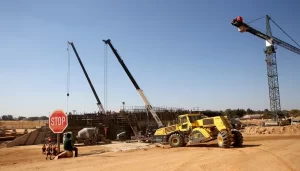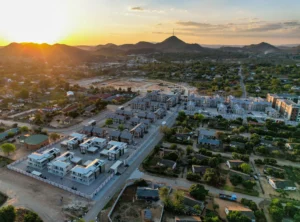By Martin Chemhere
While vital for development, the building and construction sector presents significant respiratory health risks to its workers. Exposure to dust, fumes, and other airborne particles can lead to a range of respiratory illnesses, from asthma and bronchitis to more serious conditions like lung cancer and silicosis. Addressing these risks is crucial for protecting the health and well-being of construction workers.
One of the primary culprits is dust. Activities like cutting concrete, sanding wood, and demolishing structures generate substantial dust containing hazardous substances like silica, asbestos, and wood dust. These particles, when inhaled, can irritate and damage the respiratory system. Fumes from welding, painting, and using solvents also pose a threat, as they contain volatile organic compounds and other harmful chemicals.
Implementing effective control measures is essential to minimize these risks. Engineering controls, such as using dust suppression systems, local exhaust ventilation, and substituting hazardous materials with safer alternatives, should be prioritized. These measures aim to reduce the generation and spread of airborne contaminants at the source.
Where engineering controls are not sufficient, respiratory protective equipment (RPE) should be provided and used correctly. This includes respirators, masks, and other devices designed to filter out harmful particles and fumes. Proper training on the use and maintenance of RPE is crucial to ensure its effectiveness.
Regular health surveillance of workers is also necessary to detect early signs of respiratory problems. This includes lung function tests, chest X-rays, and other assessments to monitor workers’ respiratory health and identify any potential issues. Early detection allows for timely intervention and can prevent the progression of respiratory diseases.
Beyond these measures, promoting a culture of respiratory health awareness within the construction sector is vital. Workers need to be educated about the risks they face and empowered to take proactive steps to protect their health. Employers, meanwhile, have a responsibility to create a safe working environment and enforce safety regulations.
By prioritizing prevention, implementing effective controls, and fostering a culture of health and safety, the building and construction sector can significantly reduce the burden of respiratory diseases and ensure a healthier workforce.










